I am developing a django API which will be running on top of Apache2 via WSGI on a server running Ubuntu.
Users will be able to upload pictures they take to the server using a POST request. The API processes this request and then attempts to write the image to /var/www/media/animals/user_uploads/<animal_type>/<picture_name>.jpg. In case there is no directory /var/www/media/animals/user_uploads/<animal_type>/ it will create it.
When testing during development everything was fine, both using Windows and Scientific Linux. When testing on the deployment server, I receive this error:

From what I understand, the Apache2 server is running using the user www-data. In my case, running cat /etc/passwd to get the list of users, this is what I get for www-data:
www-data:x:33:33:www-data:/var/www:/bin/sh
I am assuming this means that www-data has access to everything in /var/www/. I have tried:
chmod 777 -R media
This worked but it is obviously a very bad way to solve this. Is there a better way to solve this?
This is my wsgi.py:
import os, sys
os.environ.setdefault("DJANGO_SETTINGS_MODULE", "serengeti.settings")
sys.path.append('/serengeti/django/serengeti')
sys.path.append('/serengeti/django')
from django.core.wsgi import get_wsgi_application
application = get_wsgi_application()
I have this in my settings.py file:
MEDIA_ROOT = '/var/www/media/'
MEDIA_URL = os.path.join(BASE_DIR,'/media/')
My vhost.conf contains this:
Alias /media/ /var/www/media/